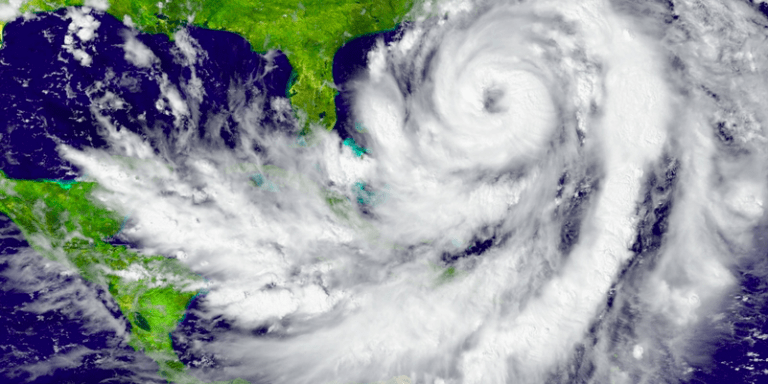 Many of us Atlantic and Gulf Coast dwellers may be beefing up our first-aid kits, stocking up on gallons of water and checking our battery-powered radios in preparation for this year’s hurricane season. The basics are important. They’re vital, in fact. But an often-overlooked item on the preparedness checklist is maintaining and protecting your home HVAC system.
Many of us Atlantic and Gulf Coast dwellers may be beefing up our first-aid kits, stocking up on gallons of water and checking our battery-powered radios in preparation for this year’s hurricane season. The basics are important. They’re vital, in fact. But an often-overlooked item on the preparedness checklist is maintaining and protecting your home HVAC system.
Here are 3 things you can do to keep your home HVAC system safe and operational when that next potential “Mother of all Storms” comes sweeping in.
BUYING YOUR HVAC
When purchasing an HVAC system, there are a few things that you can keep in mind, not only its general functionality and cost-efficiency, but also how well you can protect it in a fierce storm situation. In this case, bigger is not always better. Smaller units tend to run more efficiently but — more importantly — they are smaller. The smaller the system you have, the more you have the opportunity to work with it.
A small, single-stage unit is easier to shield, protect and maintain. So when you are buying or installing your own HVAC system, keep this in mind. You should, in most cases, be able to use a smaller, single-stage unit to heat and cool the average-sized house. Proper sizing and simplicity will take you a long way.
HVAC MAINTENANCE AND PREP
It’s important to maintain your HVAC system. If you can afford it, have an experienced HVAC technician come by about a month before the hurricane season starts. That way, you have an idea of what kind of shape the unit is in. Making sure all the wiring and connections are secure could be the difference between some basic repairs or having to purchase a whole new unit after the storm passes. If an electrical surge hits, one loose wire could fry your entire HVAC system.
If money is tight, just do your best to check your system. Make sure it is fully secured to the ground. Get an idea of what kind of shape it’s in externally and do your best to make sure the system is clean and free of debris.
Before the storm fully arrives, it’s a good idea to turn off your HVAC system and keep it off for the duration of the storm. And that brings us to …
PROTECTING YOUR HVAC
Turning off your system before the storm hits is the best thing you can do to ensure that an electrical surge doesn’t have the chance to permanently damage your system. That’s why having a backup generator is a really good investment. Not only can it provide you with some power, it will also help give your HVAC system the extra kick-start it may need after the storm passes.
Besides internal protection, you’re also going to want to fortify your system as much as possible. Hurricanes are violent storms with winds that can reach up to 120 mph. Here are a few easy and quick ways you can further protect your HVAC unit:
- Clear the area as much as possible. Make sure to trim any trees or large branches that could potentially fall on the unit.
- Get a tarp. A lot of people like to use a vinyl tarp to wrap the system, keeping out as much rain and debris as possible. Some heavy-duty twine and bungee cords should do the trick.
- Make sure the system is secured to the ground. I’ve known people who have laid cement and bolted the system to the ground for extra stability.
And finally — this is where that smaller, single-stage system will benefit you — build some kind of outer protection. The smaller the system, the less work you have to do to protect it. You can install a metal cage around the unit or simply use 2×4’s to build a small shed around it. Anything to help the unit withstand any extra damage.
A quick recap:
- Proper sizing and unit size consideration
- Maintaining and preparing your HVAC
- Protecting your HVAC system internally and externally
There you have it — 3 things you can do to prepare and keep your home HVAC system safe, protected and operational during the hurricane season. If you need to schedule a maintenance call on your HVAC system contact us today or visit our website for more information.

